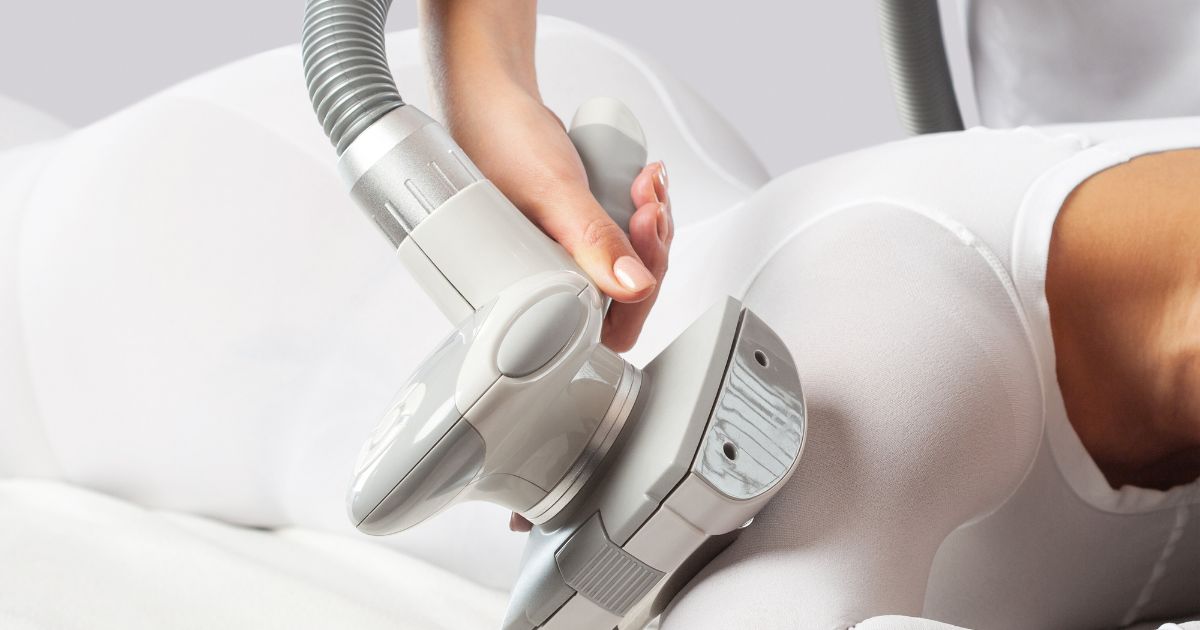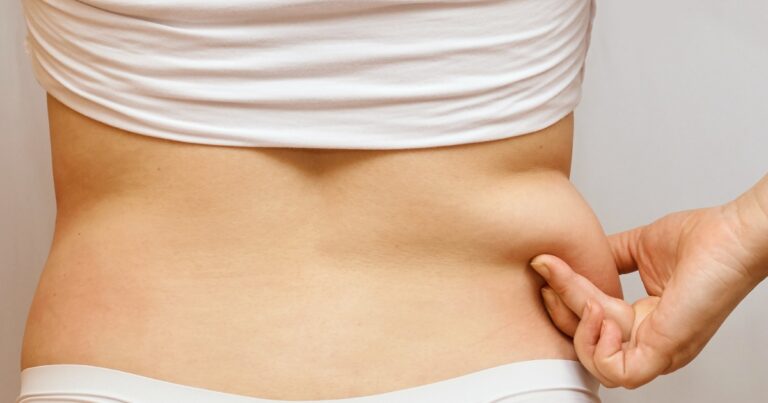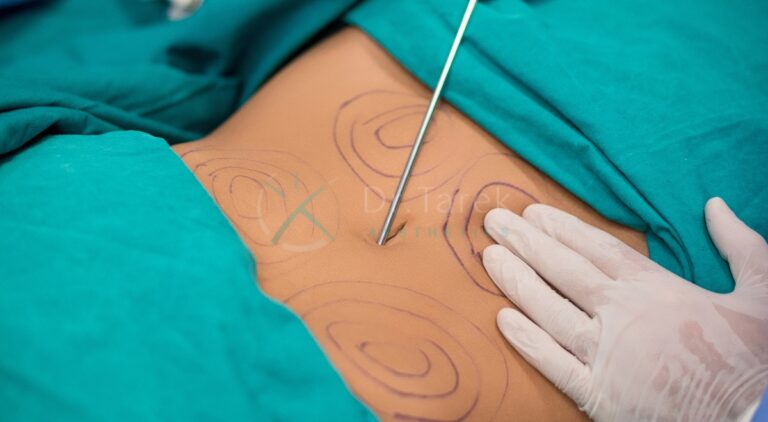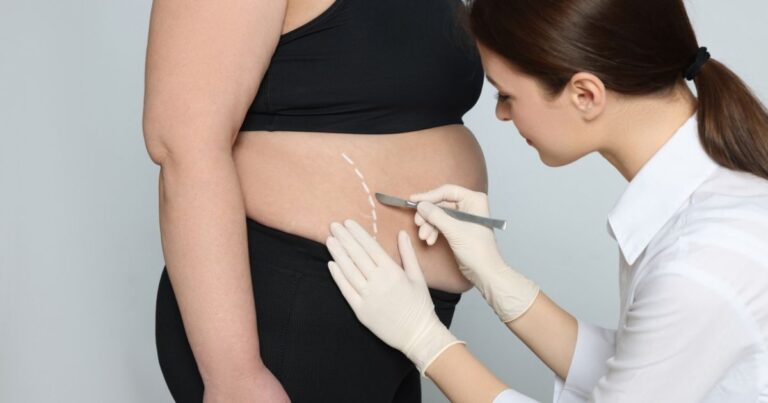We understand that dealing with lipomas in sensitive regions can cause aesthetic and medical concerns. We aim to explain why liposuction for lipomas is safer and more practical for treating lipomas in these locations.
Understanding Lipomas and their Occurrence in Sensitive Areas
Lipomas are fat-based benign tumours that can grow anywhere in the body. Soft, noncancerous growths that frequently develop under the skin.
While lipomas can form anywhere on the body, they are more concerning when they develop in sensitive areas, such as the face, neck, groin, or around significant nerves. In these cases, removal is typically recommended to alleviate discomfort or prevent potential complications.
What are Lipomas?
Lipomas are benign (non-cancerous) fatty growths between the skin and the underlying muscle layer. They are usually soft, painless, and move when pressed. The torso, arms, and thighs are the most typical locations for lipomas, though they can appear anywhere on the body.
Book A Consultation With Dr Tarek Bayazid
Top-rated Plastic Surgeon For Liposuction in Dubai
Installment Plan Available
While lipomas are generally harmless, they can become problematic when they grow in sensitive areas, causing discomfort or affecting self-esteem.
Causes of Lipomas
The exact cause of lipomas is unknown, but some factors may contribute to their development, including:
Genetics
Lipomas tend to run in families, suggesting a genetic predisposition.
Age
Lipomas are more common in individuals between 40 and 60 years of age.
Weight
An increased risk of lipomas has been linked to being overweight or obese.
Injuries
Some lipomas may form after a traumatic event or injury.
Why Liposuction for Lipomas is a Safer Option?
Liposuction for lipomas on sensitive areas offers numerous benefits, making it a safer choice than traditional surgical excision. Some of these advantages include:
Minimal scarring
Liposuction involves smaller incisions, resulting in less noticeable scars.
Reduced risk of nerve damage
The procedure is less invasive, lowering the chances of damaging nerves in sensitive areas.
Faster recovery
Patients typically experience a quicker recovery period following liposuction.
Preservation of surrounding tissue
The liposuction technique allows for better preservation of healthy tissue around the lipoma.
Less discomfort
Patients generally report less pain and discomfort during and after the liposuction procedure.
The Liposuction for Lipomas on Sensitive Areas
The liposuction process for lipomas in sensitive areas involves the following steps:
Consultation
A thorough evaluation and discussion with a qualified surgeon to determine if liposuction is the appropriate treatment for your lipoma.
Anaesthesia
Local or general anaesthesia is administered to ensure patient comfort during the procedure.
Incision
A small incision is made near the lipoma, reducing scarring and damage to surrounding tissue.
Tumour removal
The lipoma is broken down and removed using a specialised suction device called a cannula.
Closure: Sutures close the incision, and a sterile dressing prevents infection.
Post-operative care
We provide detailed aftercare instructions and schedule follow-up visits to promote a speedy recovery.
Benefits and Advantages of Liposuction for Lipomas
Some of the key benefits and advantages of liposuction for lipomas removal include:
Improved appearance
Liposuction effectively removes lipomas, resulting in a smoother and more aesthetically pleasing contour.
Increased comfort
Removing lipomas in sensitive areas can alleviate pain or discomfort caused by pressure on nerves or surrounding tissue.
Prevention of complications
Early removal of lipomas can prevent potential complications, such as nerve compression.
Recovery and Aftercare
Patients can expect a relatively quick and smooth recovery following liposuction for lipoma removal. Here’s what to anticipate during your recovery:
Rest
Plan a few days of rest after your procedure to allow your body to heal correctly.
Compression garment
You may be advised to wear a compression garment to minimise swelling and promote healing.
Pain management
Medication that is available over the counter can help control pain during recovery.
Activity restrictions
Your doctor will provide specific activity restrictions, such as avoiding heavy lifting and strenuous exercise for a certain period.
Follow-up appointments
Your doctor will schedule follow-up visits to ensure you heal completely and quickly.
Expected Results
After undergoing liposuction for large lipoma removal, you can expect the following outcomes:
Reduced discomfort
Any discomfort caused by the growth will be alleviated with the lipoma removed.
Improved appearance
The lipoma removal will result in a smoother, more aesthetically pleasing contour in the treated area.
Permanent results
The lipoma is unlikely to return after successful liposuction treatment.
Liposuction has proven to be a safer and more practical option for lipoma removal in sensitive areas. With minimal scarring, reduced risk of infection and nerve damage, and a faster recovery, it’s no wonder more patients and doctors are choosing liposuction over traditional surgery.
Take the First Step At Dr Tarek Bayazid; we are committed to providing the highest quality care and achieving optimal patient results. If you’re considering liposuction in Dubai for lipomas in sensitive areas, request a quote from our expert team at Dr Tarek Bayazid to begin your journey towards a more comfortable and confident life.
Frequently Asked Questions
How long does the liposuction procedure for lipomas take?
Lipoma removal through liposuction typically takes two to four hours, depending on the size and location.
Will I need to take time off work after the procedure?
The typical recovery time for liposuction is only a few days.
However, following your doctor’s recommendations and avoiding strenuous activities during recovery is essential.
Are there any risks associated with liposuction for lipoma removal?
As with any medical procedure, liposuction has potential risks for lipoma removal. However, the risks are significantly lower compared to traditional surgery. Some potential risks include infection, bleeding, and temporary numbness around the treated area.
Will my insurance cover liposuction for lipoma removal?
Insurance coverage for liposuction for lipoma removal varies depending on your policy and the specific circumstances of your case. To determine your coverage, you should speak with your insurer.
How can I tell if liposuction will be effective in removing my lipoma?
At your consultation, doctors will evaluate you to see if liposuction can effectively remove your lipoma.







